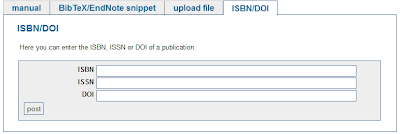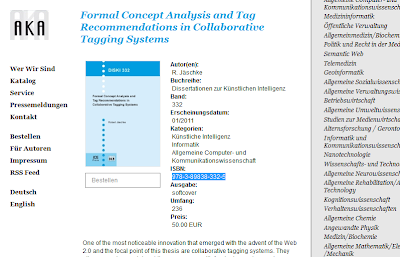Since its beginning, BibSonomy has undergone several changes - layouts were modified (who of you can still recall the early style from 2005?), new functions were added, internal modules were restructured to enhance performance, and many more. However, throughout these times, the very core of BibSonomy remained the same - namely to be a system to collaboratively annotate (bookmark and publication) resources using freely chosen tags. Despite the fact that the "Web 2.0 hype" is declining since quite some time, the usefulness of free social annotations is reflected e.g. in the usage of tags to organize questions at stackoverflow. So to use a pointed formulation, one could say that tags and their aggregation into tag clouds are a bit like the "heart" of BibSonomy as a social bookmarking platform.
Taking a look back in this way, we decided to polish up our tag clouds a bit. Since the last release, you will have noticed a slight but noticeable change: We've tried to make our tag clouds a bit "cloudier" and nicer. Mainly we've fixed the way how tag sizes are computed (as usually, larger and more visible fonts correspond to more frequently used tags; but we're scaling differently to convey a clearer picture), and changed the alignment. Here is how it looked before:
And here's the new look:
As you can see, it's no revolution, but just a bit nicer and cleaner. But because tags are to close to BibSonomy's (and of course our) heart, we're happy about this neat improvement. We've basically done this for all clouds - this means also for personal or group tag clouds. So we hope you like the new style as much as we do, and you can be even a bit happier when tagging :)
Best,
Dominik









